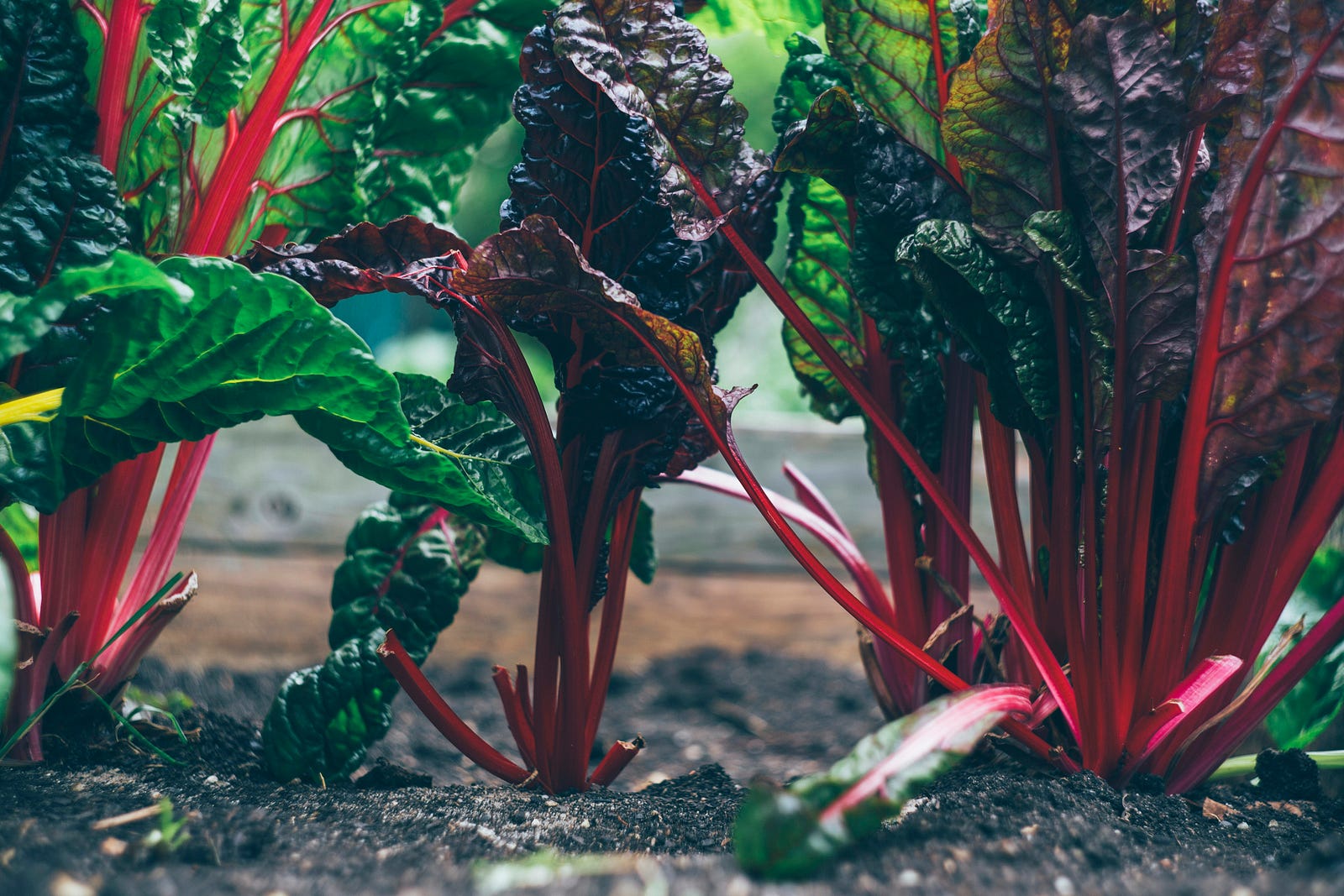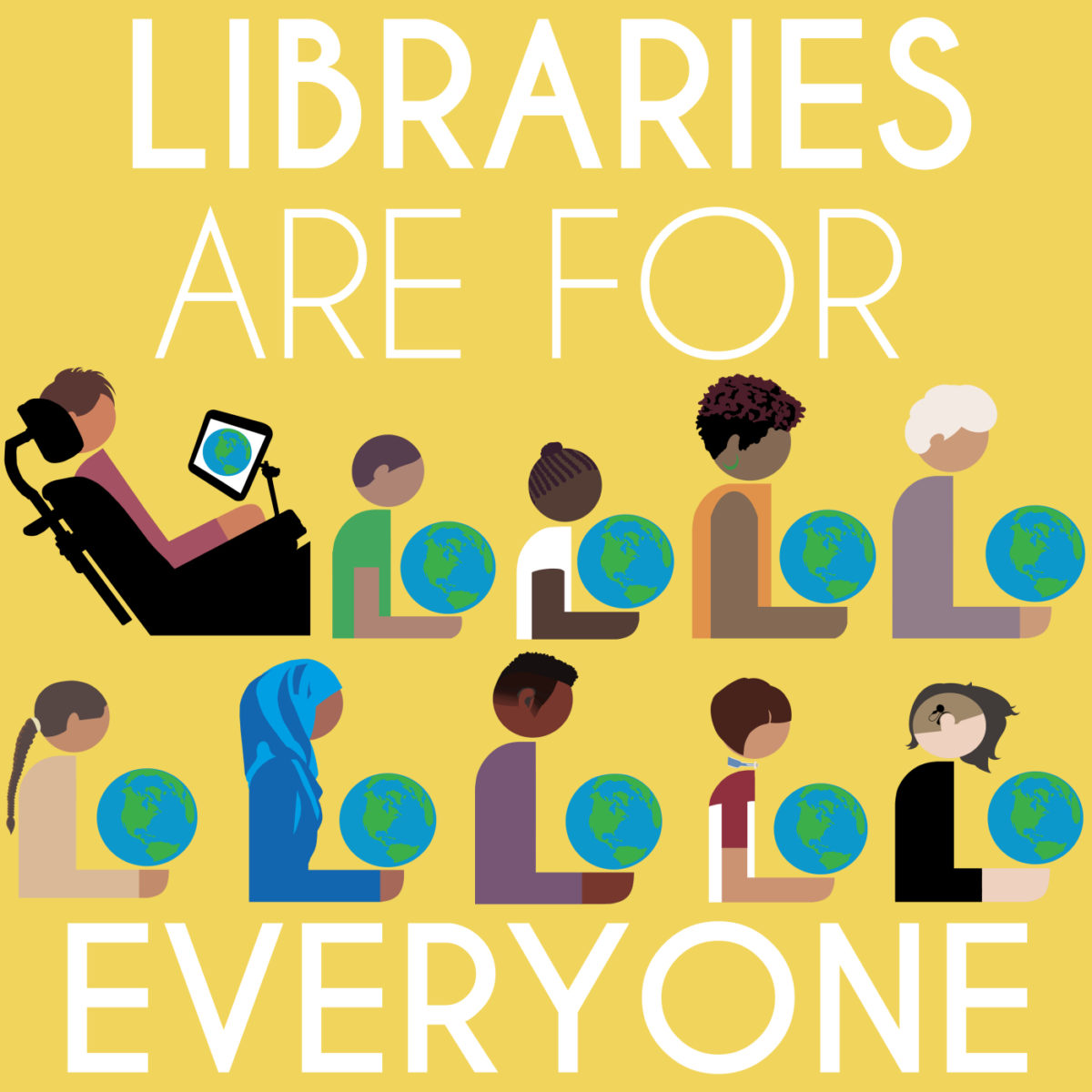Here are some thoughtful and practical tips to help you engage more meaningfully with older people, whether they’re family members or part of your community:
- Be Present and Patient
- Slow down and give your full attention.
- Let conversations unfold naturally—don’t rush or interrupt.
- Many older adults appreciate the chance to share stories without feeling hurried.
- Ask About Their Life Experiences
- Invite them to tell stories about their childhood, career, or past adventures.
- Ask open-ended questions like, “What was your favorite memory growing up?” or “What was life like when you were my age?”
- These stories often reveal valuable life lessons and create deep emotional bonds.
- Share Your Life, Too
- Talk about your own life, even the small things.
- Older adults often enjoy hearing about current trends, technology, or what’s going on in your world.
- Sharing creates mutual interest and keeps the connection two-sided.
- Participate in Activities Together
- Cook a meal, take a walk, do a puzzle, or look through old photos.
- Simple shared activities foster connection and give space for natural conversation.
- Choose things that match their energy level and interests.
- Show Respect for Their Wisdom
- Acknowledge their experiences and knowledge, even when you don’t agree.
- Avoid dismissing their views as “outdated.” Instead, listen and ask why they feel the way they do.
- This builds trust and honors their role as a valued part of your life
- Use Technology to Stay in Touch
- If you’re far away, teach them how to use video calls or messaging apps.
- Send pictures, updates, or even voice notes to keep them involved in your life.
- A little effort goes a long way in reducing feelings of isolation
- Be Consistent
- Regular check-ins, whether weekly calls or occasional visits, show you care.
- Consistency builds a lasting relationship and helps older adults feel seen and valued.
- Involve Them in Family or Community Events
- Invite them to birthday parties, holiday gatherings, or school events.
- Their presence enriches the experience for everyone and strengthens family or community bonds.
Meaningful connection with older adults isn’t complicated—it just takes time, attention, and a little intention.









